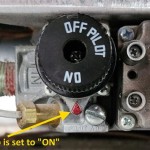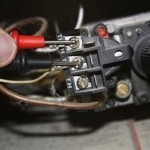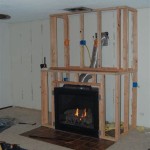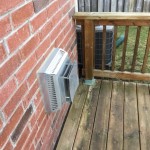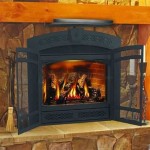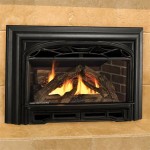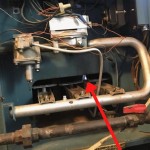Converting a Wood-Burning Fireplace to a Gas Insert: Essential Aspects
Transforming a wood-burning fireplace into a gas insert offers numerous advantages, including convenience, efficiency, and cleanliness. Here are the essential aspects to consider when embarking on this conversion:
1. Compatibility and Dimensions
Ensure that the gas insert you select is compatible with the dimensions and specifications of your existing fireplace. The insert must fit snugly within the firebox to prevent heat loss and potential safety hazards.
2. Gas Line Installation
A gas line will need to be installed to connect the gas insert to your home's gas supply. This should be carried out by a licensed plumber or gas fitter to ensure proper installation and safety.
3. Electrical Wiring
Gas inserts require electrical power for ignition and operation. An electrician will need to install a dedicated electrical circuit and wiring to power the insert.
4. Ventilation
Gas inserts produce carbon monoxide, so proper ventilation is crucial. Inspect your fireplace's existing ventilation system to ensure it is adequate. If necessary, modifications may need to be made to improve airflow.
5. Safety Features
Safety should be paramount when using any gas appliance. Check that the gas insert you choose has built-in safety features, such as flame failure detection, oxygen depletion sensor, and a safety pilot light.
6. Professional Installation
Gas insert installations involve working with gas lines and electricity, making it imperative to hire a qualified professional for the conversion process. Attempting a DIY installation can be dangerous and could void the insert's warranty.
7. Maintenance
Like any appliance, gas inserts require regular maintenance to ensure optimal performance and longevity. This includes cleaning the unit, inspecting the gas lines, and replacing filters as recommended.
8. Cost Considerations
Converting a wood-burning fireplace to a gas insert can be a substantial investment. Factors influencing the cost include the size of the insert, installation complexity, and the cost of permits and inspections.
9. Energy Efficiency
Gas inserts are typically more efficient than wood-burning fireplaces. They produce less heat loss and have variable heat output settings, allowing you to control the temperature of your room more effectively.
10. Aesthetics and Customization
Gas inserts come in a wide range of styles and finishes, enabling you to choose one that complements the décor of your home. Additionally, you can customize the insert with various options, such as decorative fronts, log sets, and remote controls.
By carefully considering these essential aspects, you can successfully convert your wood-burning fireplace to a gas insert, enhancing the comfort, efficiency, and aesthetic appeal of your home.
Converting A Wood Burning Fireplace Into Gas Heat Glo
Can I Convert My Wood Burning Fireplace To Gas Woodlanddirect Com

Convert From Wood To Gas With A Insert The Kernel Burner
Can I Convert My Wood Burning Fireplace To Gas Woodlanddirect Com

Wood To Gas Fireplace Conversion In Wisconsin Free Quote Badgerland Waesha

Wood Burner Conversion New Jersey Fireplaces Kjb

Convert To Gas Installing Fireplace Inserts Doctor Flue

Wood Fireplaces Gas Conversion That Counts

Can A Wood Burning Fireplace Be Converted To Gas The Flame Company

Convert A Wood Fireplace To Gas Full Service Chimney
Related Posts

